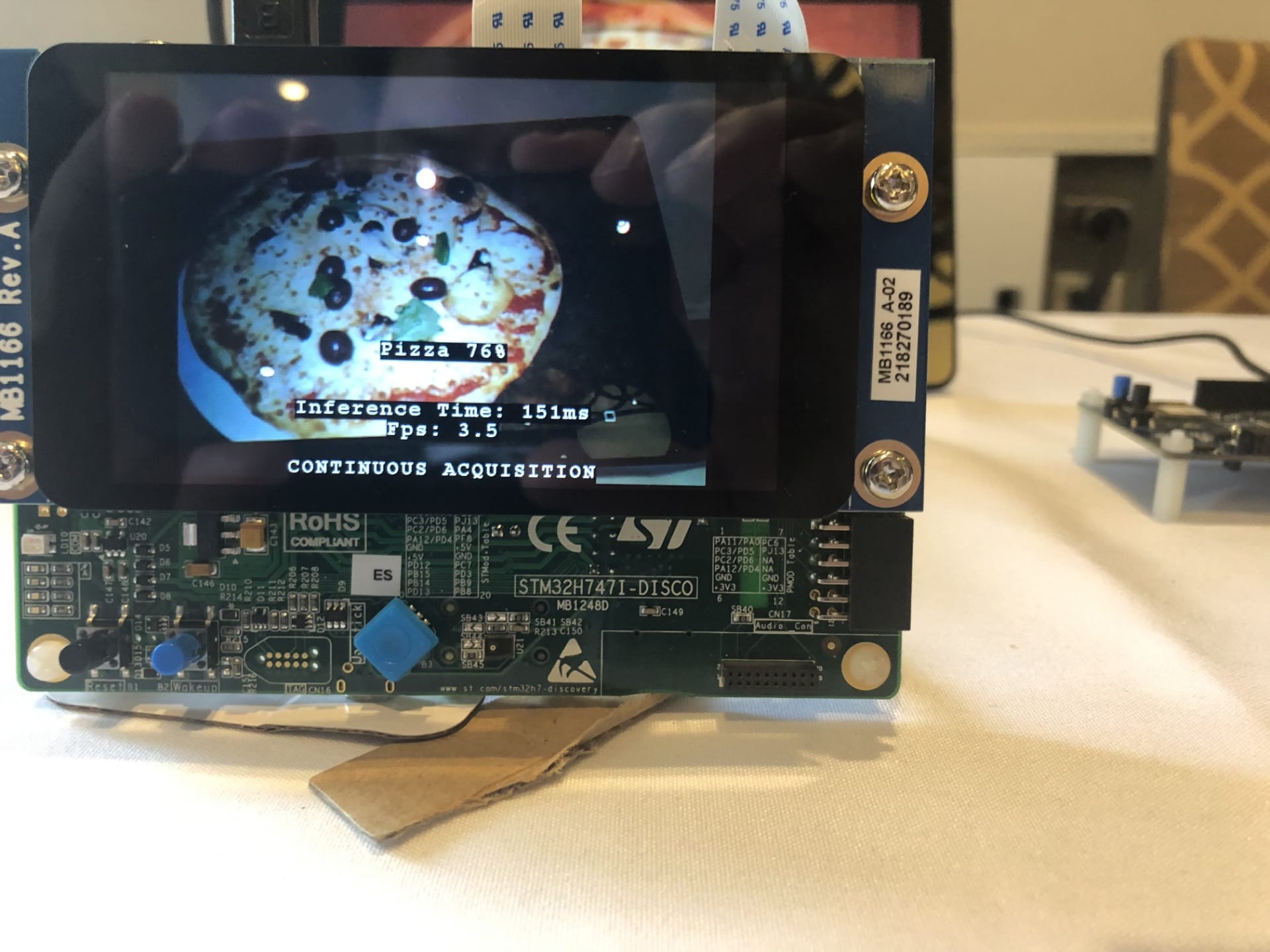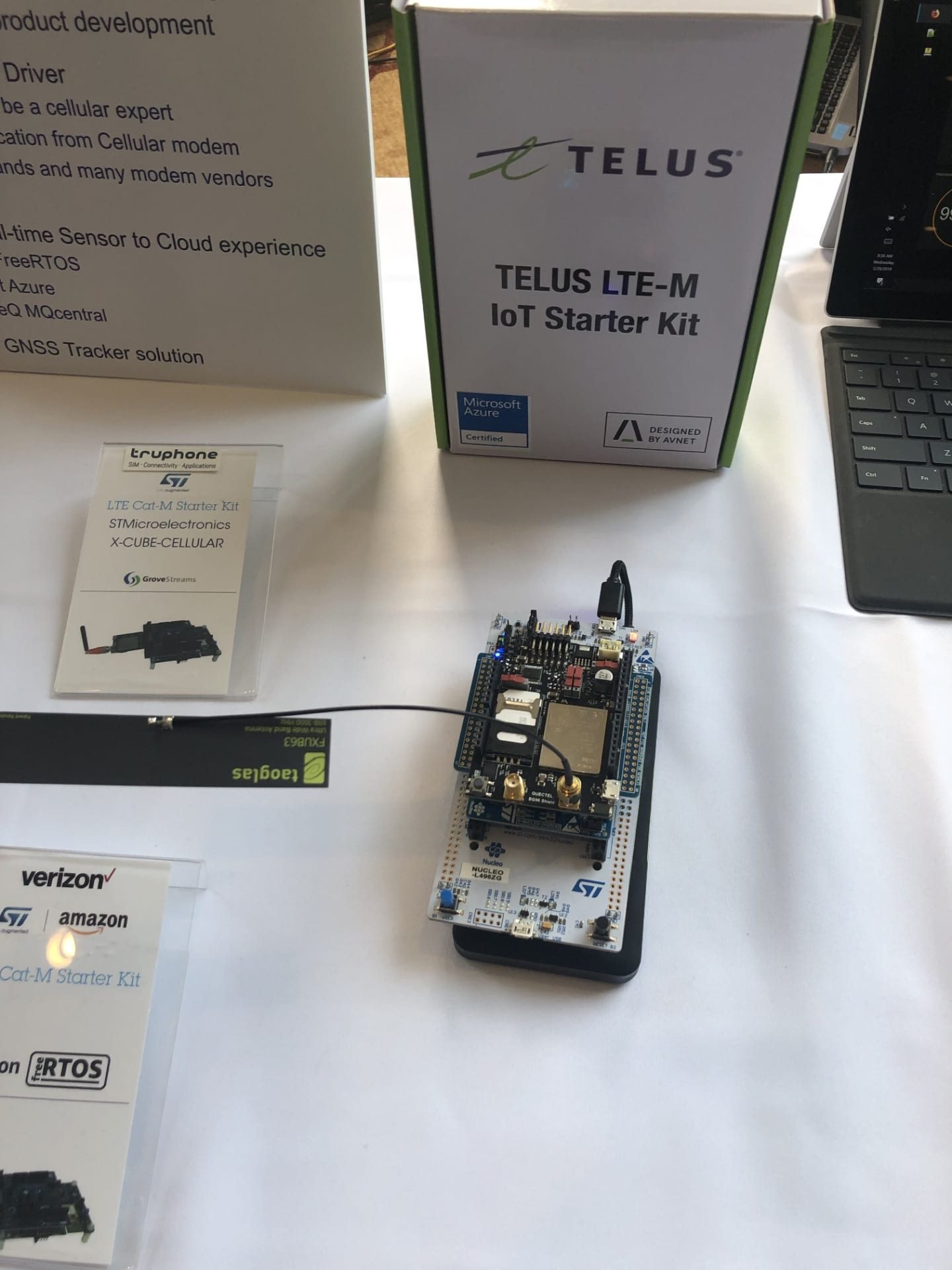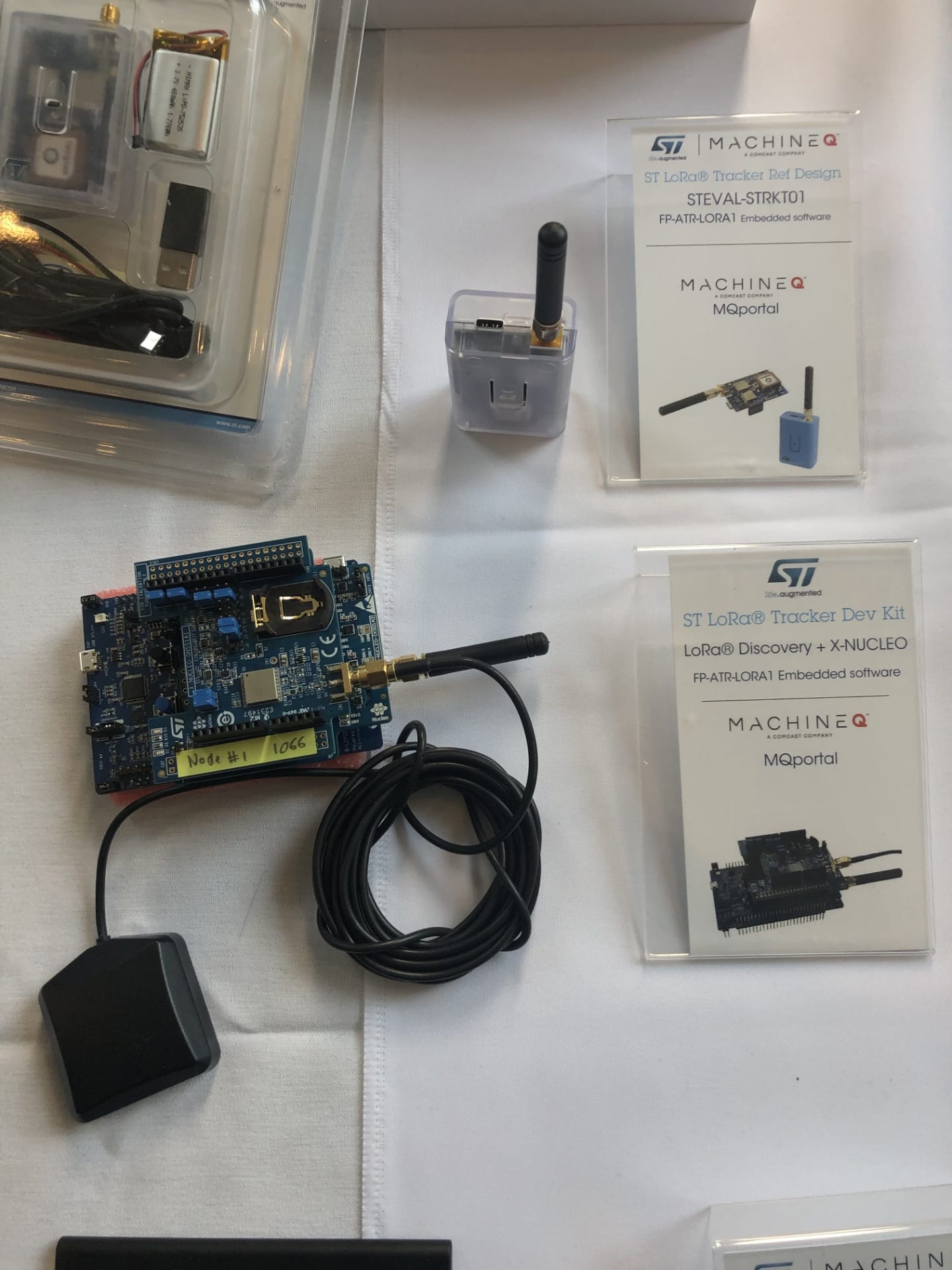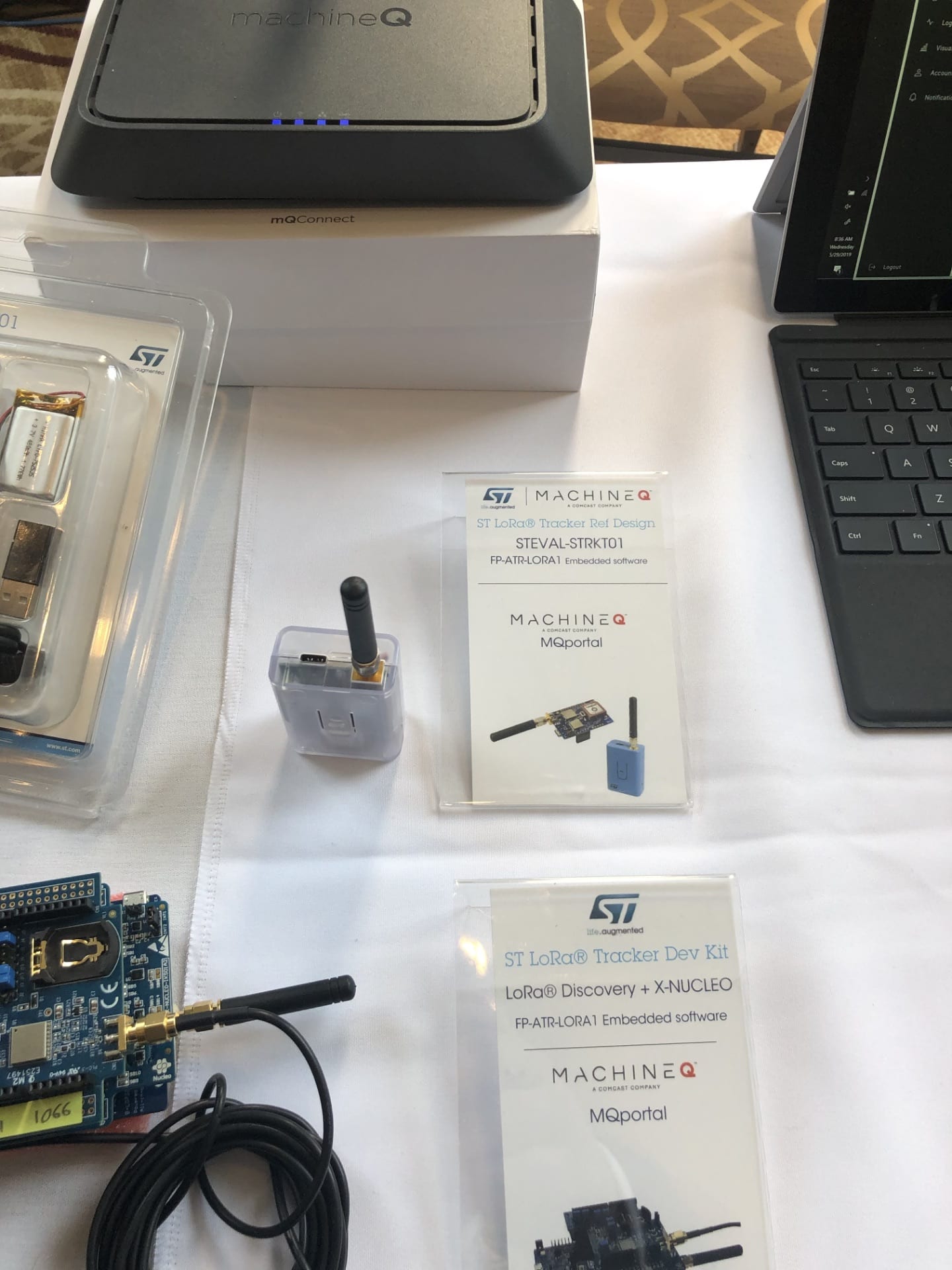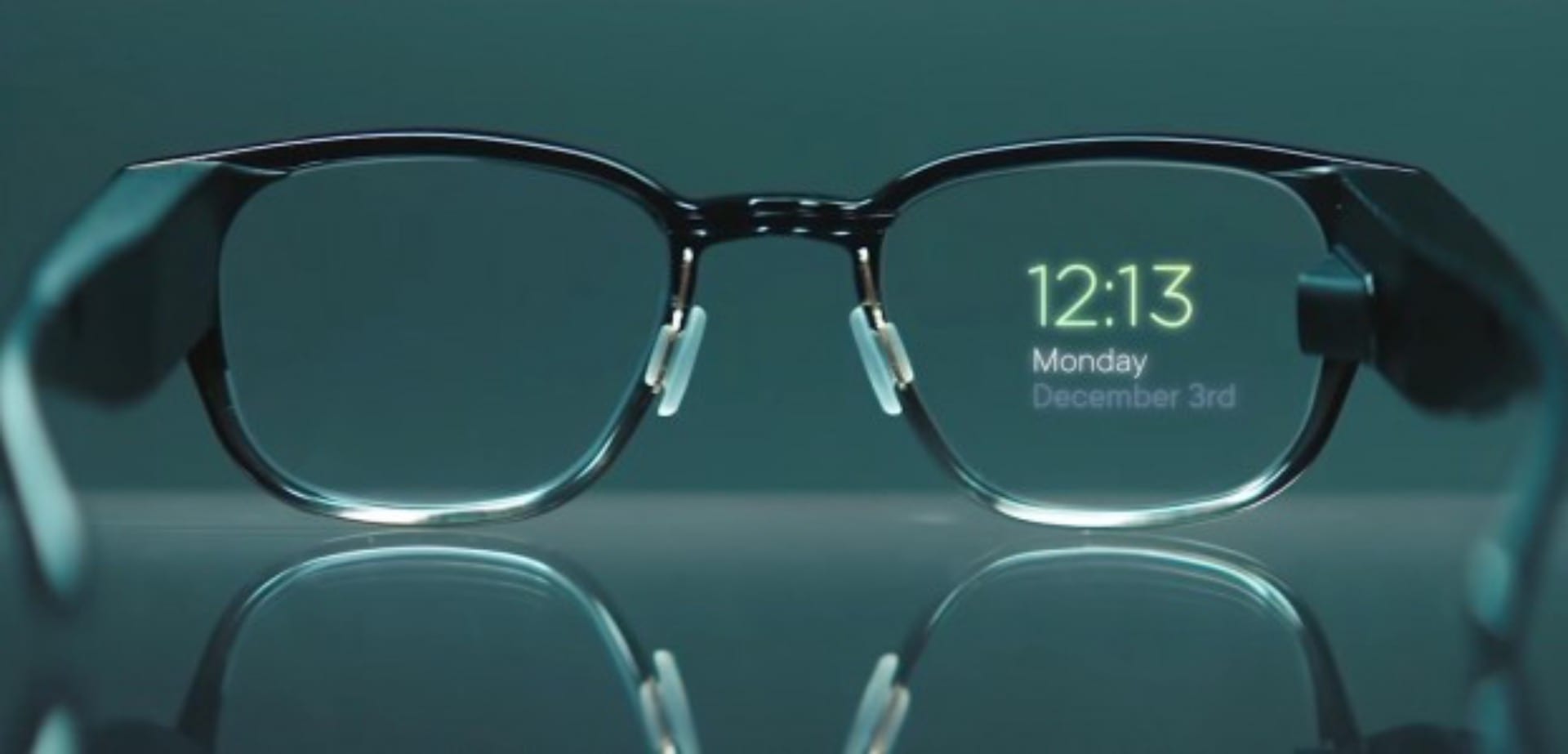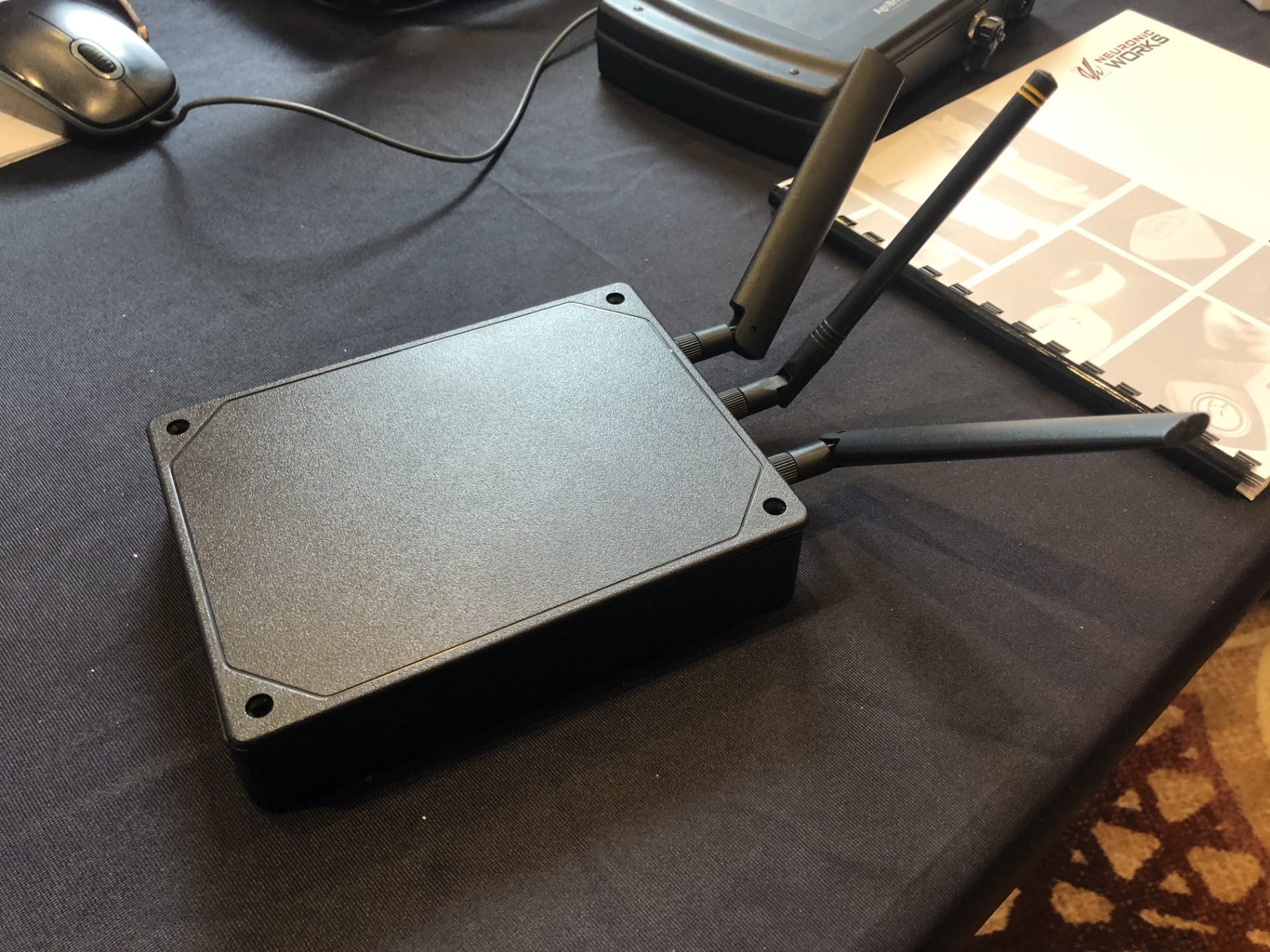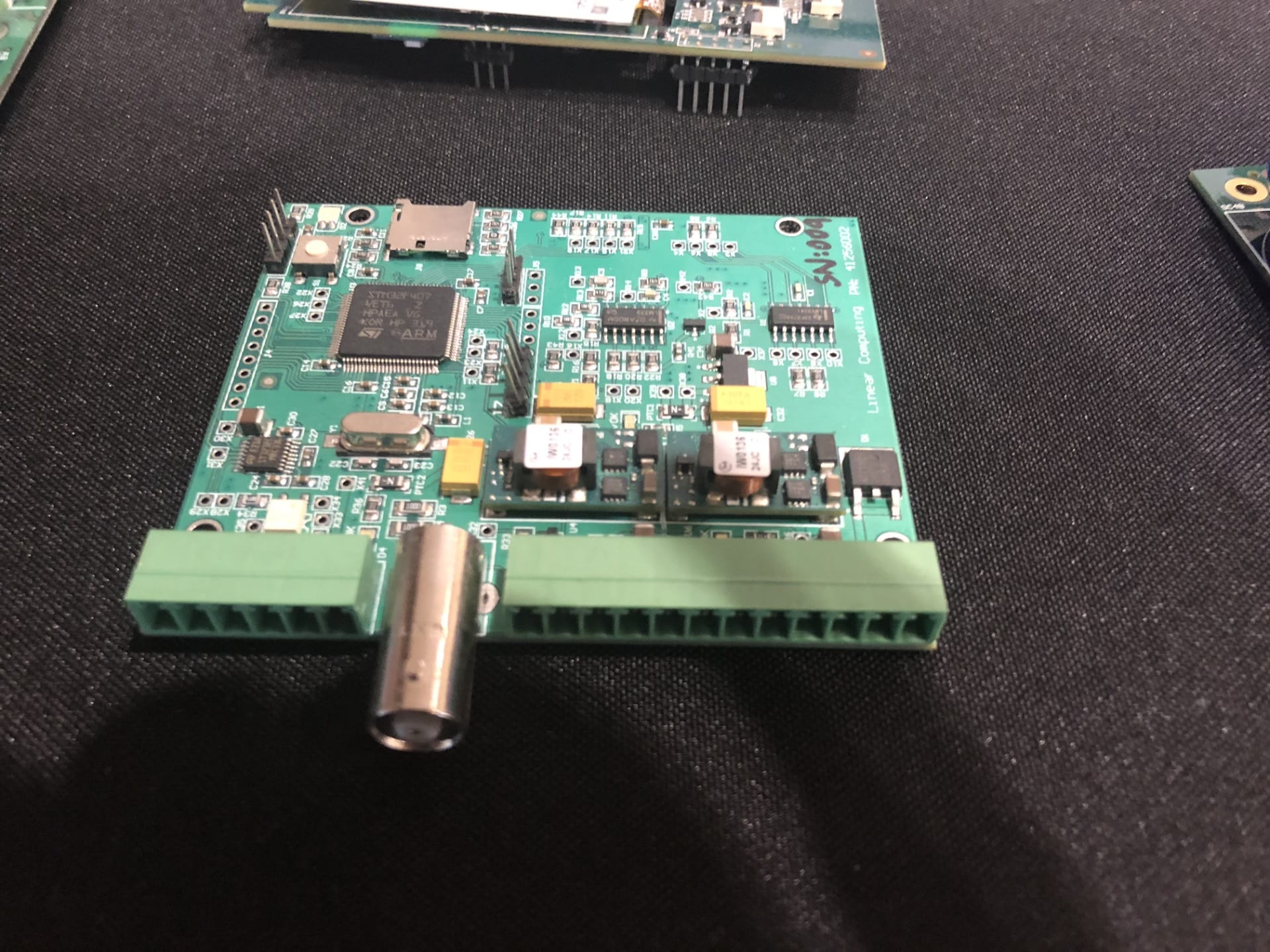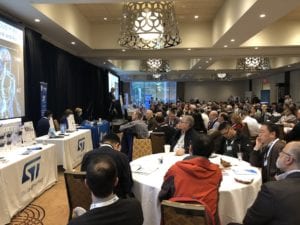
ST just held its Technology Tour in Toronto, Canada and it was a symbolic event for two reasons: it shone a light on an uprising IoT community (1), and it was the last tour before the ST Developers Conference that will take place on September 12, 2019, in Santa Clara, California (2). Toronto is the third-largest tech sector in North America, and according to a 2018 CBRE report, the city created 4,270 more jobs than Silicon Valley between 2012 and 2017, thanks in parts to massive investments in AI by local schools, universities, the financial sector, and various enterprises. The Tech Tour celebrated this emergence with technical sessions that spoke to the needs and expectations of this community as well as with a show floor buzzing with the latest demos from ST and our partners.
To get attendees in the right mindset, the day started with a powerful keynote address from Alessandro Cremonesi, Group Vice President and General Manager of System Research and Applications, who looked at how semiconductors are shaping the IoT revolution. The amount of data we are producing and the energy we are consuming are challenges that creators, enthusiasts, and professionals must address on top of the new problems raised by a desire for more privacy and security, among others. As Alessandro explained, semiconductors are the keys to solving these issues as they bring electronics to products or markets that didn’t have any until now to help them be more efficient. They also change our relations and interactions with the cloud, on top of bringing machine learning and artificial intelligence to the edge, to empower the end users.
Technology Tour 2019: Bringing Devices and Tools to More Canadians
Following the keynote, attendees could attend talks on smart things, connectivity, or power and energy, with hands-on sessions on STM32CubeMX and the X-CUBE-MEMS1 Software Pack to help them take advantage of our sensors more rapidly. There was also a workshop on using Bluetooth 5 and the 802.15.4 standard with the STM32WB microcontroller that became available at the beginning of 2019. Furthermore, there were often demonstrations on the show floor to complement some of the presentations. For instance, after listening to an introduction on the STM32MP1, our first STM32 MPU, guests could check out the new microprocessor in action, running a motor control application and a graphical user interface from Crank. Similarly, after listening to our talk on STM32Cube.AI, attendees could see a machine learning demo running on our STM32H747I-DISCO board and capable of analyzing pictures to recognize dishes or drinks.
Technology Tour 2019: Bringing Canadian Solutions to Face Upcoming Challenges
The Toronto Tech Tour had demos and talks relevant to Canadians. For instance, we noticed that LoRa and cellular connectivity are increasingly popular as more engineers look to leverage these networks for their IoT applications. We thus had technical sessions on LPWAN (LTE and LoRa), 5G, and Bluetooth mesh. We then showed an LTE Cat-M Stater Kit with a SIM card from Telus, a Canadian operator. It was also a great way to demystify LTE Cat-M and help them understand that it’s nothing like a smartphone plan, but an affordable and reasonable solution to connect a fleet of IoT devices. And for those who can’t use a cellular network or want something that consumes less power, we also showed our STEVAL-STRKT01 LoRa IoT Tracker and had a Bluetooth mesh demo showing how to provision and configure devices.
Technology Tour 2019: Showcasing Canadian Partners to the World
Along the same line, we held a symposium on augmented reality and virtual reality where we describe the advantages of systems using laser beams and micromirrors to display a small image onto glasses or other headsets. The talk explained, among other things, the balance between the ambient and display luminance to offer a clear picture while also enabling users to see their environment comfortably. North then showed how they used our technologies to create Focals, a very impressive pair of glasses that display an image on one of the lenses. Peraso then delved into the importance of using 60 GHz wireless connections to massively improve the experience of VR headsets. Both were Canadian companies showing how they are transforming the AR and VR market with concrete innovations.
There were three design houses on the show floor, all belonging to the Greater Toronto Area. NeuronicWorks showed some of their projects with ST components, such as the iMerciv, a clip for people with visual impairments that sends haptic feedback when an object is getting close. The amplitude and frequency of the vibration help the user determine the approximate size and distance of the object. Linear Computing explained how most of their design embark an STM32 because it was getting the most value out of it. They had numerous boards with our microcontrollers showing a wide variety of applications. Finally, Vexos offers designs services, Bill of Materials (BOM) analysis, and mass production capabilities. The company even held a talk on schematics, best practices, and how they work with ST from an engineering standpoint.









